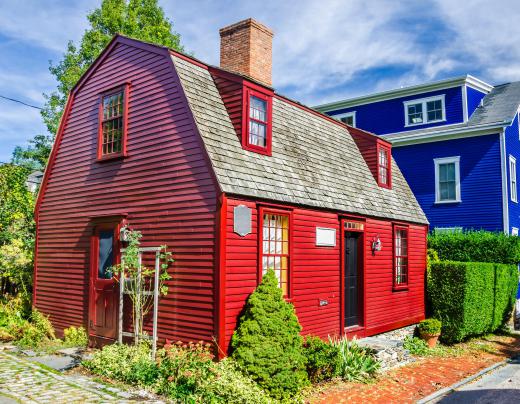Building restoration is a process in the construction industry where a building of historic value is restored to the appearance of its original quality. Meticulous attention to detail is given to using original building materials in most building restoration. Construction techniques and knowledge of the building's past construction are also used to maintain its value as a part of the local cultural heritage. To make the restoration as authentic as possible, researchers and historians acquainted with the building are consulted by contractors and architects to make sure that the work done genuinely mirrors original design parameters.
The practice of building conservation is often sponsored by national governments who have an interest in preserving the historic culture of their people. This lends itself to tax breaks and government funding for the restoration process, which encourages architectural and construction contracting firms to get involved in the field. Grants and loans to promote the process are often insufficient themselves, however, as historic restoration of a building usually has no commercial value to a firm which has no right to sell the property once the restoration is done. Matching funds are often sought, therefore, by fundraising campaigns in the local community that has a personal interest in seeing the building restored.

Structures that are targeted for conservation-restoration are generally at least 50 years old, and are representative of an architectural era of noteworthy historic significance, such as a Tudor or Victorian design of the 15th and 19th centuries in England. In the United States, restoration is given special significance if a historical figure lived in or frequented a building for some reason. This is often documented in historical records, and such buildings, regardless of their current physical state, may be listed on the National Register of Historic Places. Some nations also have established branches of government to deal with historic building restoration and preservation such as the Center for Historic Buildings in the US that operates under the guidance of the General Services Administration (GSA).
The process of building restoration can generally be broken down into four different categories, which help to describe how intensive the process will be from site to site. A historic building is either preserved, rehabilitated, restored, or reconstructed. Preservation is most likely the least labor intensive of the four processes, as it involves an attempt to prevent physical deterioration of the building while not removing the natural effects of age that have given it an added sense of character. New materials are not added to the building, it is not repainted, and efforts are simply made to ensure that it lasts longer than originally designed. This can include protecting it from natural disasters such as floods, earthquakes, and fires in unobtrusive ways that don't alter its basic appearance.
The three Rs of building restoration — rehabilitation, restoration, and reconstruction — are all more labor intensive, yet still distinct from one another. Rehabilitation allows for alteration to the basic structure with current building materials so that it can continue to be useful for modern-day purposes. Every attempt is made, however, to preserve the original look of the building. Restoration is the pure process of maintaining a building in its original form with only original materials to do so, and may involve removing modern-day materials from the building that were previously added to shore it up. Reconstruction involves repairing buildings that have collapsed or been damaged by storms, and allows for new construction materials as long as they closely resemble the original ones used to build the structure.
